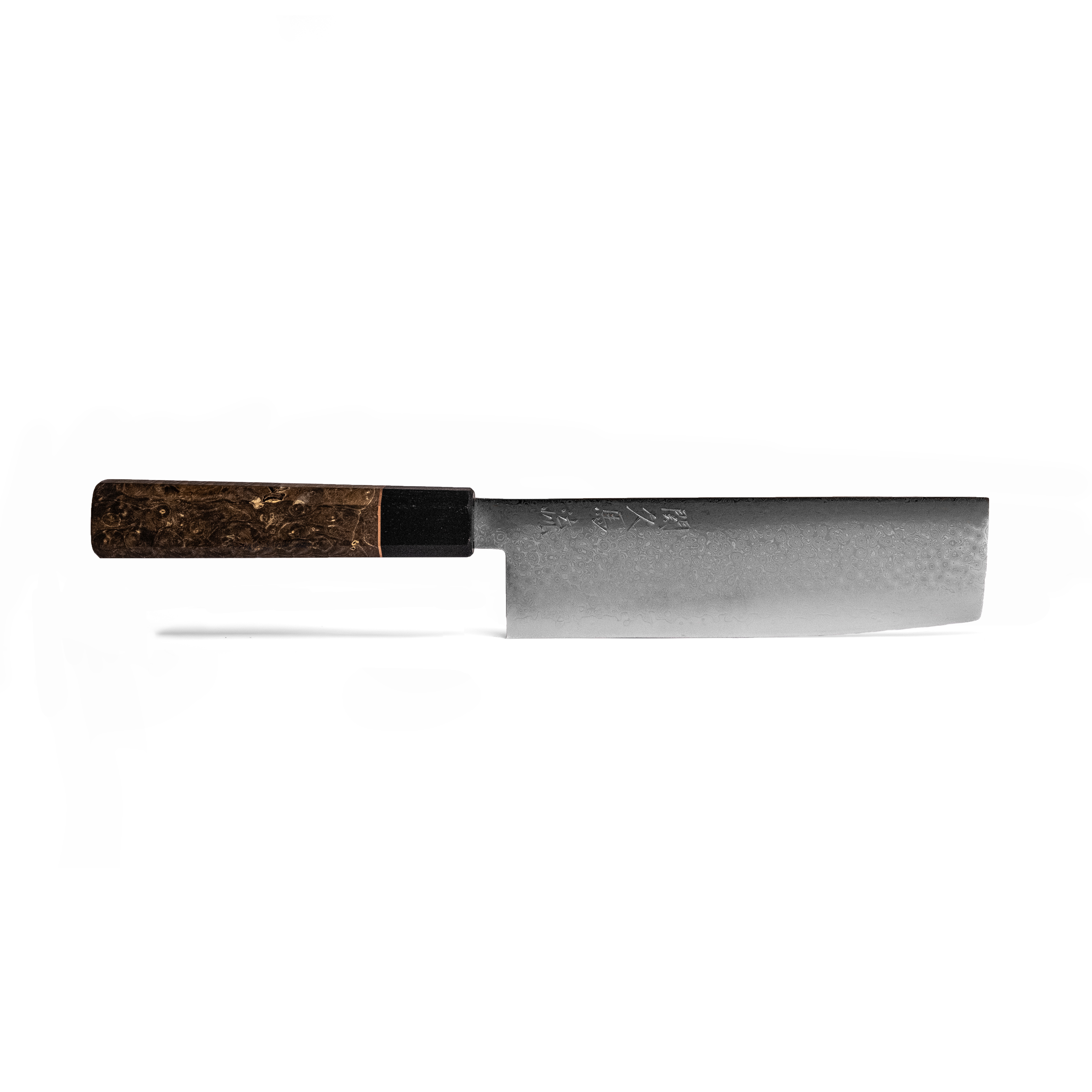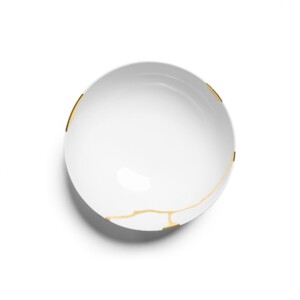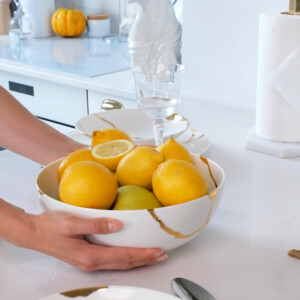When it comes to the world of knives, one of the fundamental distinctions lies in the type of blade edge: single or double-edged. This key feature plays a significant role in the cutting performance, functionality, and cultural heritage of different knife styles, particularly in Japanese and Western culinary traditions. In European tradition, knives are bevelled on both sides of the blade; coming to a point in the middle. In Japanese tradition, however, the bevel is only formed on one side (usually the right-hand side). What is the purpose and/or advantage of this?
Join us as we delve into the intricacies of single and double-edged blades, shedding light on their unique characteristics and the knives they adorn.
The angle of the knife is also referred to as the “bevel.” Most knives have a bevel on both sides, but some traditional Japanese knives have a single bevel, or even differing bevel sizes. Typically, however, when talking about knives that have a traditional bevel and a 10-degree angle, it means on both sides, making the total angle 20 degrees.
A single blade of traditional Japanese style knife looks like this:
A and C blade shapes are respectively for the right and left-hand chef’s, while blade shape B is a double hollow.

Single-bevel knives
Japanese knives are renowned for their exceptional craftsmanship and precision. Central to their design is the single-edged blade, also known as a “sharpened on one side” blade. This means that only one side of the blade is sharpened to create the cutting edge, while the opposite side remains flat or slightly convex. The single-edged design allows for more acute edge angles, resulting in unparalleled sharpness and precision.
The mastery of single-edged blades in Japanese knives can be observed in the traditional techniques employed by skilled artisans. The renowned Japanese knife-making region of Sakai, for example, has been honing these techniques for centuries. Here, blades are forged with meticulous attention to detail, ensuring optimal hardness, flexibility, and edge retention.
Japanese single-edged knives come in various forms, each tailored to specific culinary tasks. The yanagiba, for instance, is a long, slender knife used for slicing raw fish with utmost precision, while the deba is a robust blade perfect for filleting fish and preparing seafood. The single-edged design enables these knives to effortlessly glide through delicate ingredients, making them indispensable tools for sushi chefs and culinary enthusiasts alike.
For vegetable knives, the main advantage of the front-side single bevel is that it’s easier to make super-thin cuts. For example, a test of knife skill involves paring daikon radish to remove the peel, then continuing to cut to make a long continuous paper-thin strip, longer than you would be able to make if you just sliced it.
People who have mastered this skill can also make remarkably fast matchstick cuts after making the long piece, and the lack of back bevel may reduce the amount of food that sticks to the knife. Some of these single-bevel knives that feature a slightly concave backside (urasuki), which may also reduce the amount of adherence of food to the knife.
For crab knives, the honing is on the opposite side to the hand (the back of the knife), which may reduce the number of shell fragments that could embed themselves into the meat, and probably allows the meat to cut more cleanly.
Double bevel knives
In practice, though, most Japanese households use dual bevel knives. Single-bevel is more common in professional kitchens, especially in the Kansai area where fancy cutting techniques are used in shows to a greater extent than in Tokyo or north Japan.
Knives meant for cutting regular fish or meat are usually, but not always, dual-bevelled, the exception again mostly being for professionals. (Usually, Yanagiba and Sashimi knives are single-bevel, but only those used in professional kitchens and almost never at home).
Some sources claim that single-bevel edge is more durable, however, the opinions are polarised, otherwise, that would be an advantage in high volume restaurant use. A thin, well sharpened Japanese blade may chip more easily than a thicker blade.
With practice you can get slightly more precision cuts with a single bevel than with dual-bevel knives, however, they are as easy to use for cooks with average knife skills.
Sharpening techniques for single vs. double bevel blades
If you consider a western-style symmetrically sharpened knife, each side of the knife has a certain angle. For example, a typical mid-high end knife (i.e. globals) can be sharpened to 30 degrees inclusive, meaning each side has a 15-degree angle from the knife centre. A smaller angle means a sharper blade and thus better at cutting.
When it is sharpened on the right side, while holding the knife and viewing down on the back of the blade, the left side of the blade will track vertical through bread, cheese, etc. with the portion that has been trimmed off falling to the right – it tracks poorly if used by a left-handed person. It takes a lot of honing to change from the centre/right/left styles.
Double-bevel sharpening
If you took the same knife and sharpened it only on one side, one side would be flat (0 degrees) while the other would have a normal 15-degree angle. As a result, the knife blade would have a 15-degree total angle instead of 30 degrees for the same base steel. Or in other words, it’s twice as sharp for the same price ;). Single-bevel knives also take less time to sharpen since the flat side only requires a small amount of work compared to a regular bevel. The disadvantages are that it takes practice to learn to cut straight with a single-bevel knife, and the knives are specifically left or right handed.
Historically this was probably a means of making the most of the poor quality steels that were all the Japanese could manage with their local resources. They knew that the quality of their steels was bad, which was also the origin of the peculiar folding and jacketing process used to produce katanas. Note that many modern Japanese knives are double bevelled and asymmetric, which is more complicated to sharpen but may improve blade durability somewhat compared to a pure single-bevel.


































